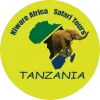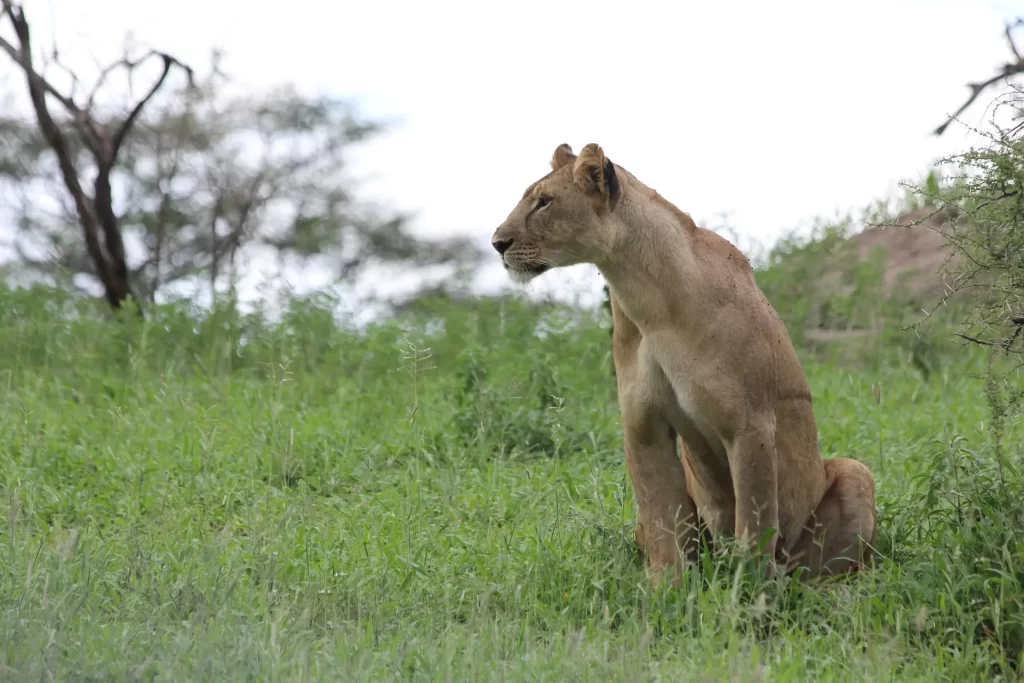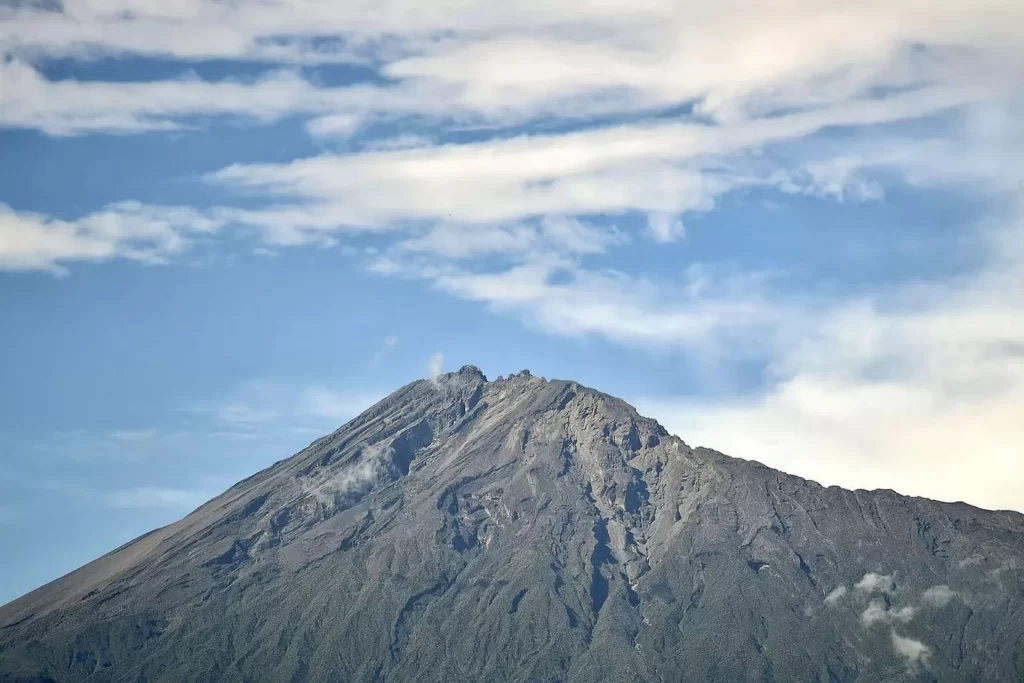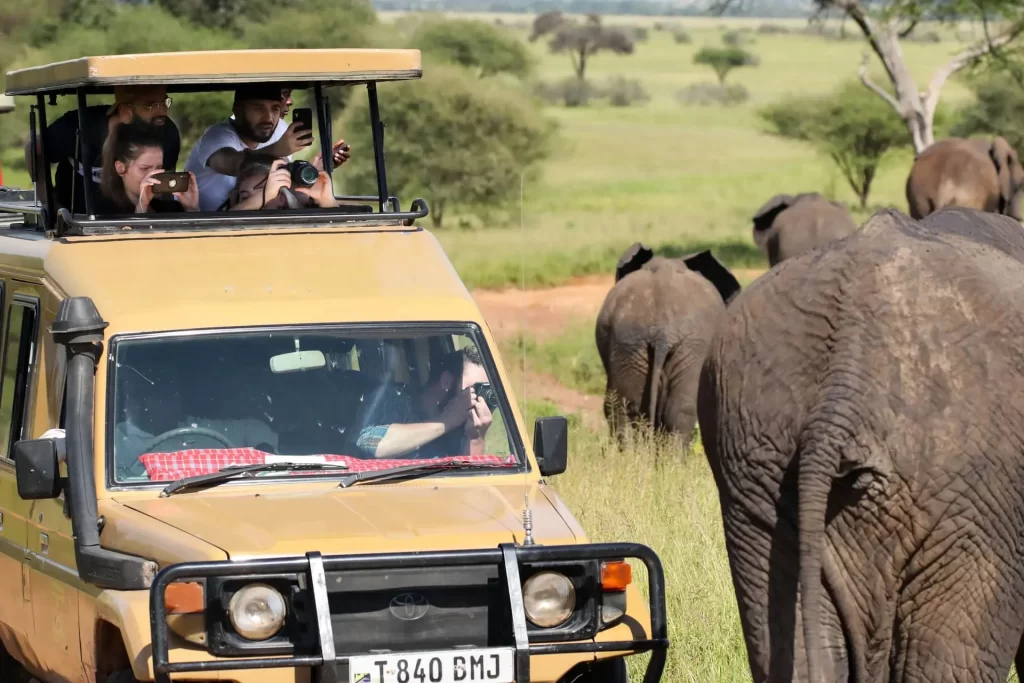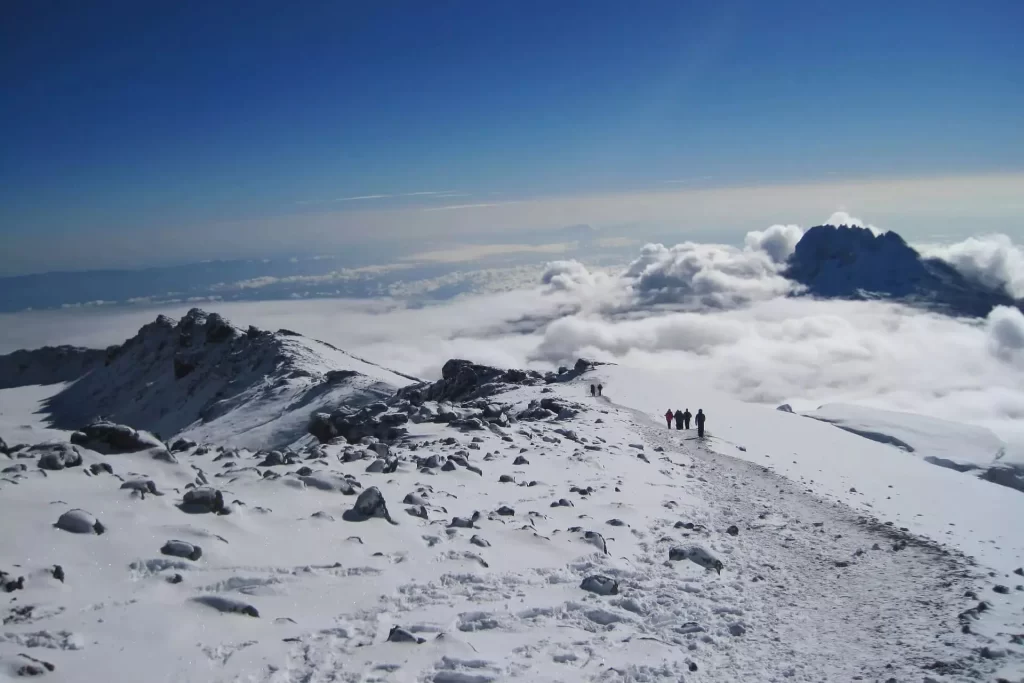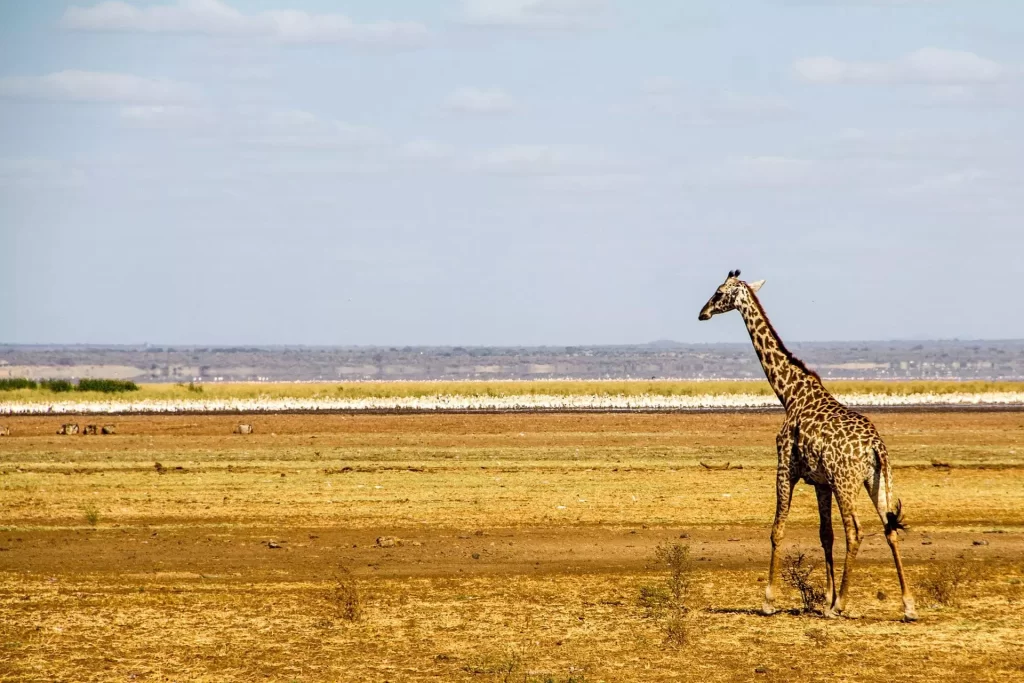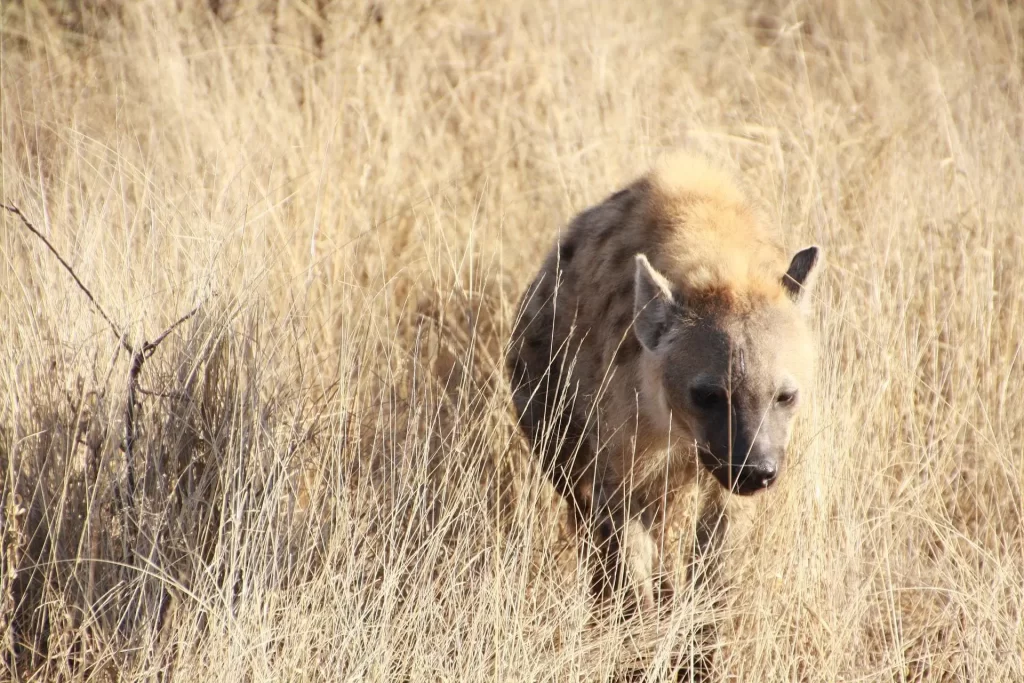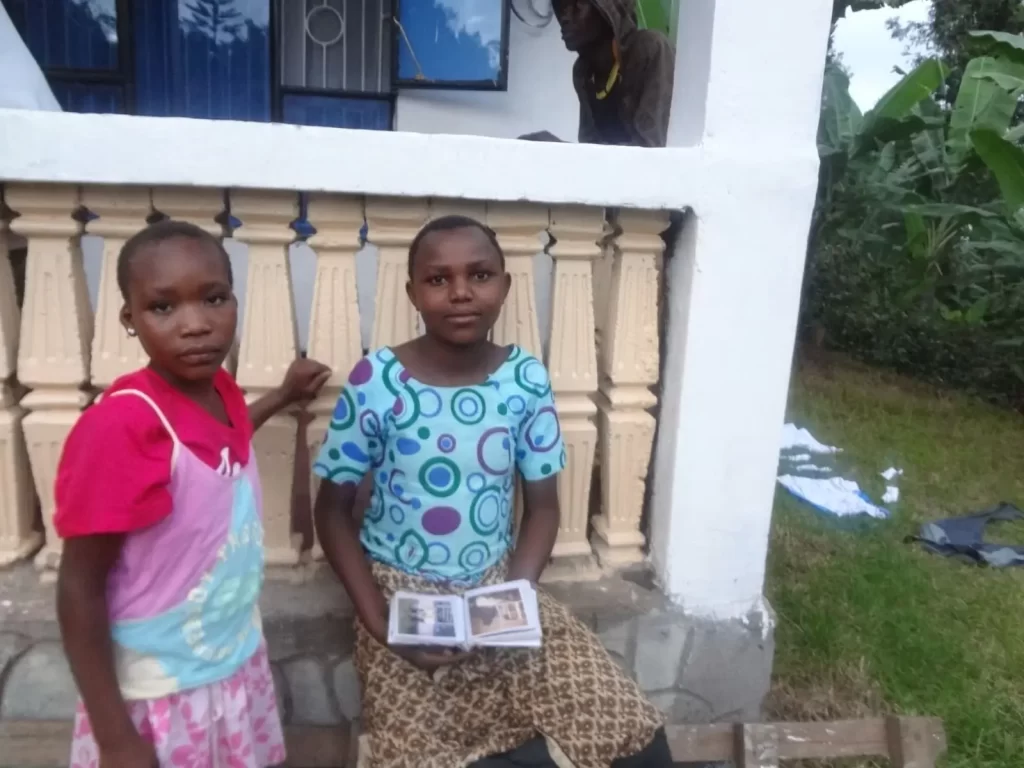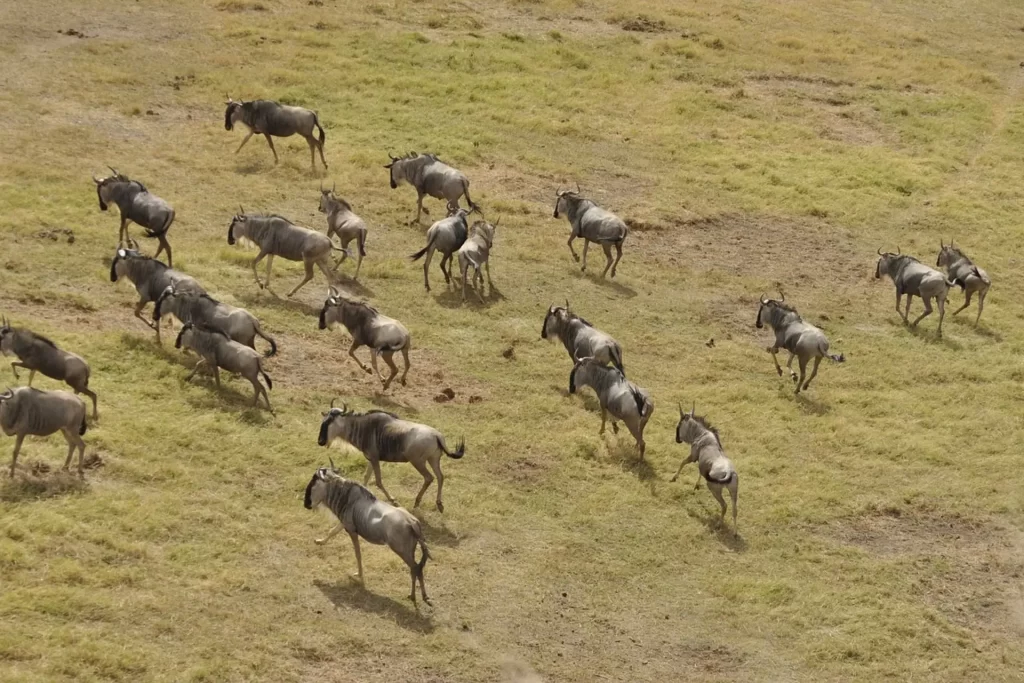
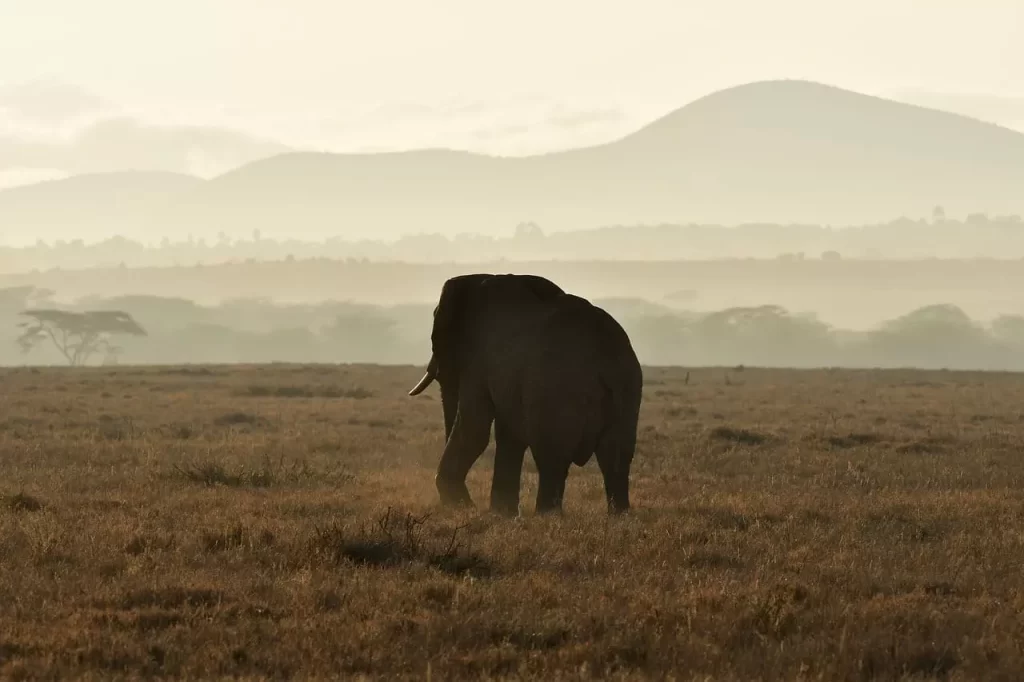
Lemosho Route Overview
Climbing Kilimanjaro on the Lemosho route is a premium 6, 7 or 8 day trip. Passing through different climate zones it starts in a winding forest area then into alpine meadows and climbs up to the arctic zone near Uhuru peak.
Then descend through the rainforest. All this makes this route one of the most beautiful on Kilimanjaro. Lemosho Route offers the smoothest acclimatization and the highest success rates of 85%, 90% and 95% for 6, 7 and 8-day programs, respectively. The total distance covered by the Lemosho route is 46 kilometers (285 miles).
I recommend this route to anyone willing to pay a little extra and get down to higher ground. Enjoy the best views of the mountain and the chance to successfully.
Trekking From Londorossi Gate To Shira Camp one
A guide and a mountain support crew will arrive at the hotel in the morning in order to meet you and hold another briefing, after which you will travel by vehicle (roughly 3 to 4 hours) to Kilimanjaro National Park’s western entrance: Londorossi Gate (2,200 m). After the quick formality of acquiring climbing permits and registering with the search and rescue service, the group continues upwards towards their drop off point by off-road vehicles (reaching 3,500 meters). Here you can see stunning views of the Shira Plateau for the first time.
The route from your drop off point to your first high-altitude camp Shira 1 features a small gain in altitude and is not too physically challenging. Due to this, you will be able to properly begin the process of acclimatization. By the time you reach the camp, our professional mountain crew will prepare everything necessary, put tents and cook dinner for you.
This will be your first day at this altitude, so it is strongly recommended you heed the following instructions from this point on:
At night you may experience discomfort associated with acclimatization to the high altitude: because of a reduction in your waking breathing pattern, your body gets less oxygen than during the day. Taking altitude into account, you may therefore start feeling sick and have a headache. Pay attention to your own body and tell your guide if you start feeling any symptoms of altitude sickness.
Trekking From Shira Camp one To Shira Camp Two
Departing from Shira 1 Camp (3,505 m) and a light trekking towards the second high altitude camp: Shira 2 Camp (3,900 m). This trek is not difficult and you will be able to enjoy spectacular views of Africa and the unique flora of Kilimanjaro and the surrounding area. Shira 2 Camp is the best place on the trip to see Mount Meru (the fifth summit of Africa), weather permitting.
When you arrive to camp you will have lunch, and after a two-hour rest everyone will complete an acclimatization hike towards Lava Tower Camp that features a 200-meter gain in altitude.
“Note: The acclimatization hike is an easy trek with a slight gain in altitude done in order to speed up the acclimatization process. You should take the acclimatization hikes very seriously. They help increase your chances of successfully summiting Kilimanjaro and save you from the consequences of altitude sickness”
Trekking from Shira 1 Camp to Shira 2 Camp.
Change in Elevation:
Acclimatization hike.
Change in Elevation:
Day 3: Trekking From Shira Camp Two To The Lava Tower And Descent To Barranco Camp
After breakfast you will leave Shira 2 Camp (3,900 m) and start your way to the key point of the route: Lava Tower (4,630 m). This section of the route has a lot of ascents and descents that end in a camp at over 4,600 meters. It might be difficult, and you may feel some discomfort, but in order to successfully acclimate to the altitude you have to spend at least 1 to 2 hours here, so this is where lunch will be.
Then you will descend to Barranco Camp (3,960 m). Here you can see the famous Barranco Wall, impressive in both its massive size and steepness! Next day you will be climbing it, but don’t worry: it features a very simple hiking trail.
“Note: If one or more participants feel sick, the group may refrain from passing the Lava Tower and adjust the route, following instead the road for porters. In this case you will not reach an altitude of 4,630 meters, getting up only to a maximum of 4,400 meters.”
Change in Elevation:
Trekking From Barranco Camp To Karanga Camp
Early wakeup, breakfast and the start of summiting Barranco Wall (we recommend you leave the camp as early as possible to avoid crowds of the other groups). Hiking up the gorge wall is not difficult and only takes around an hour. After the climb you can have a rest and take photos in front of the Kibo volcano.
Then you start a more difficult hike to Karanga Camp, which features numerous ascents and descents during the route, but don’t worry: our guides are experts at choosing an optimal pace for the group. After reaching the camp you will be offered warm lunch. After a couple of hours you will have to complete an acclimatization hike in the direction of Barafu Camp with a 200-meter gain in altitude, and then descent back down to the camp.
Trekking from Barranco Camp to Karanga Camp:
Change in Elevation:
- Barranco Camp (3,960 m)
- Karanga Camp (4,035 m)
- Hiking distance: 5 km
- Hiking time: 4 to 5 hours
Acclimatization hike.
Change in Elevation:
Trekking From Karanga Camp To Barafu Camp
In the morning after breakfast you begin your way to Barafu Summit Camp (4,640 m), the starting point for a night summiting Uhuru Peak (5,895 m). Our team will set up a camp for you ahead of time, including tents and sleeping bags, so you can relax. After regaining strength, you have to complete an acclimatization hike towards the intermediate Kosovo Summit Camp (4,800 m) and then back to Barafu Camp, where you will be served a hot dinner. It is better to spend the remainder of the day resting and sleeping before night summiting.
Acclimatization hike:
Ascent To Uhuru Peak And Descent To Millennium Camp
Departure from Barafu Camp (4,640 m) at night and the start of summiting Kilimanjaro: Uhuru Peak (5,895 m). Technically the climb is relatively simple; however, the most challenging part is the high altitude. Each pair of climbers will get a personal guide for the entire ascent to monitor your physical and mental conditions. After your successful ascent to Uhuru Peak, you can descend to the nearest glacier if desired. Then you will return to Barafu Camp and after a 2-hour rest continue your descent to Millennium Camp (3,820 m).
“Note: Don’t forget that 90% of all accidents occur during the descent, including all broken arms and legs. Please pay attention to your feet, as there is a high risk of damaging your toenails”
Change in Elevation:
Descent From Millennium Camp To Mweka Gate
The camp is situated in a tropical rainforest. When you wake up, you will feel relief from the reduction of the height and the satisfaction of reaching the summit. After a warm breakfast, you will head for the park’s exit: Mweka Gate (1,650 m). After your descent the whole group will gather to congratulate you, followed by offering you a chance to share your opinions on the climb in the guestbook. Lastly, we will present you with your commemorative certificates in our office and provide you a transfer back to the hotel.
Small tChange in Elevation:
Our guides
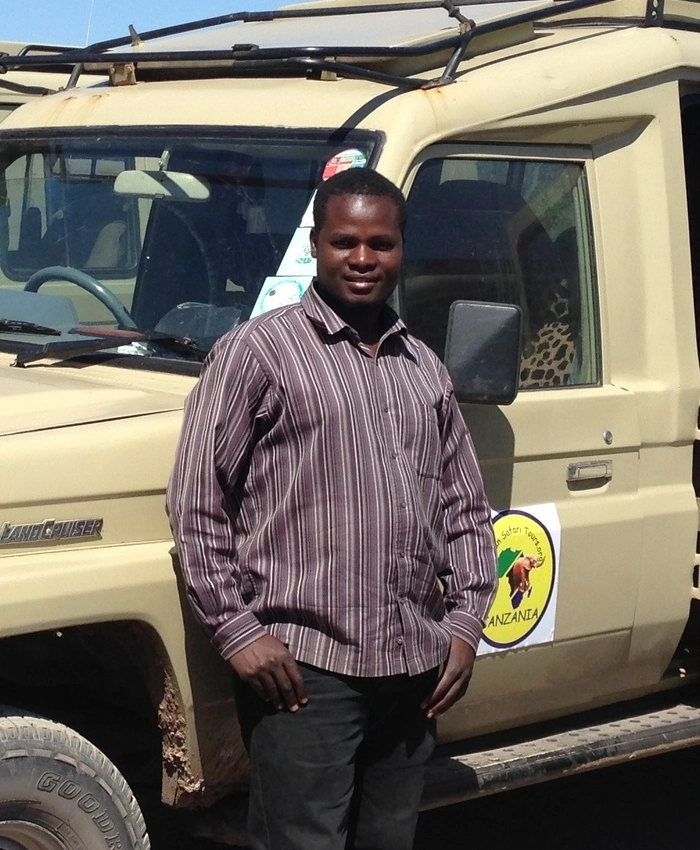
Harry

Ombeni
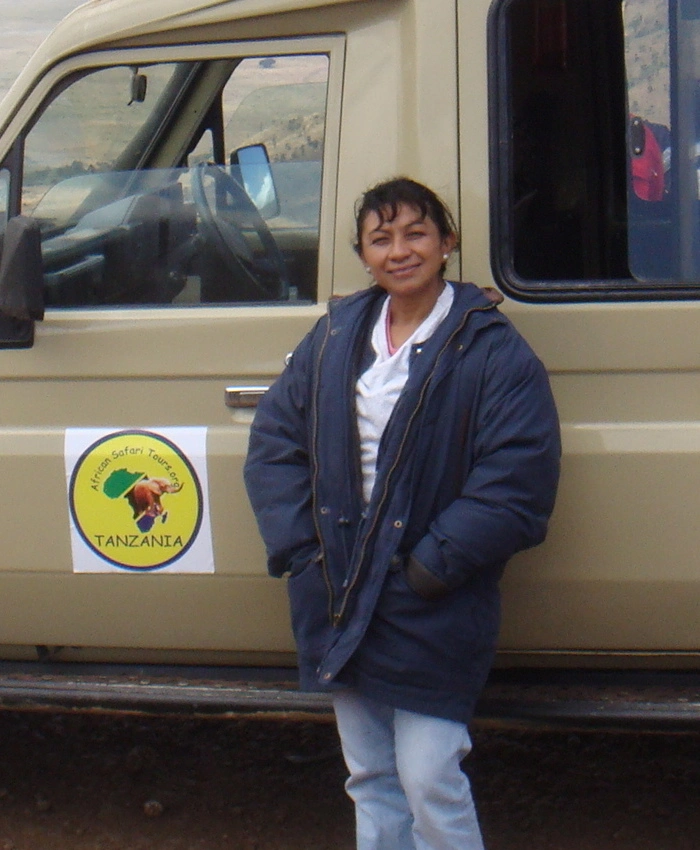
Ayanna
Satisfied Customers
Tanzania gallery
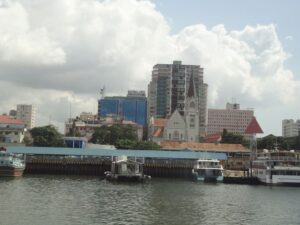
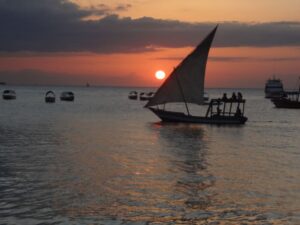

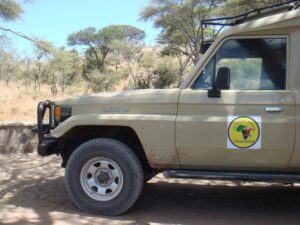
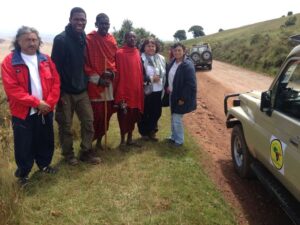
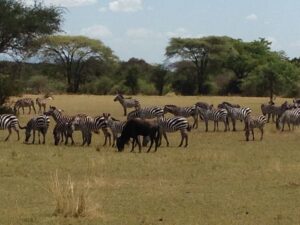
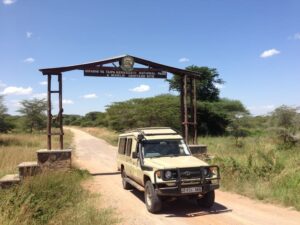
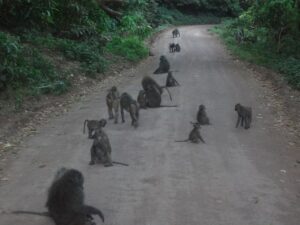
You May Like
Itinerary Highlights
Unforgettable journey through Tanzania, a country rich in cultural heritage and historical significance. Our Cultural & Historical Tour is designed to immerse you in the diverse traditions, customs, and historical landmarks that define this beautiful nation.
From ancient archaeological sites to vibrant local communities, this tour offers a comprehensive exploration of Tanzania’s past and present.
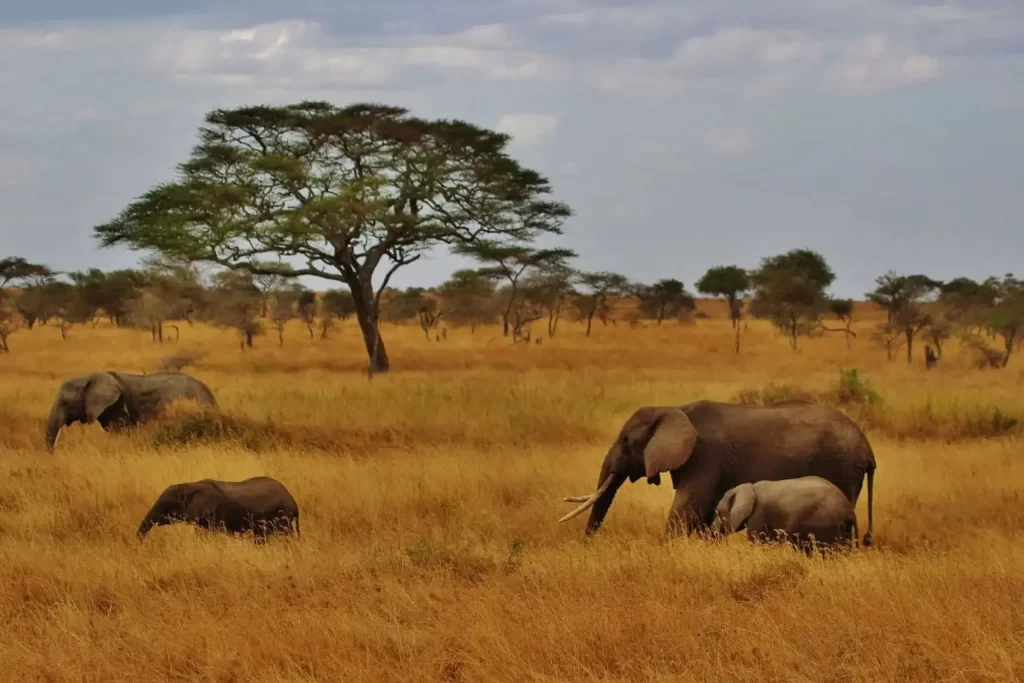
Dar es Salaam: The Gateway to Tanzania
Begin your adventure in Dar es Salaam, the largest city in Tanzania. Visit the National Museum, which houses artifacts from the prehistoric era to modern times, including items from the famous Olduvai Gorge.
Explore the vibrant markets such as Kariakoo Market, where you can experience local life and shop for traditional crafts.
Bagamoyo: A UNESCO World Heritage Site
Travel to Bagamoyo, a historic coastal town that was once a significant port for slave trade and ivory exportation.
Visit the Bagamoyo Arts and Cultural Institute and learn about the town’s history through guided tours of its colonial architecture and museums.
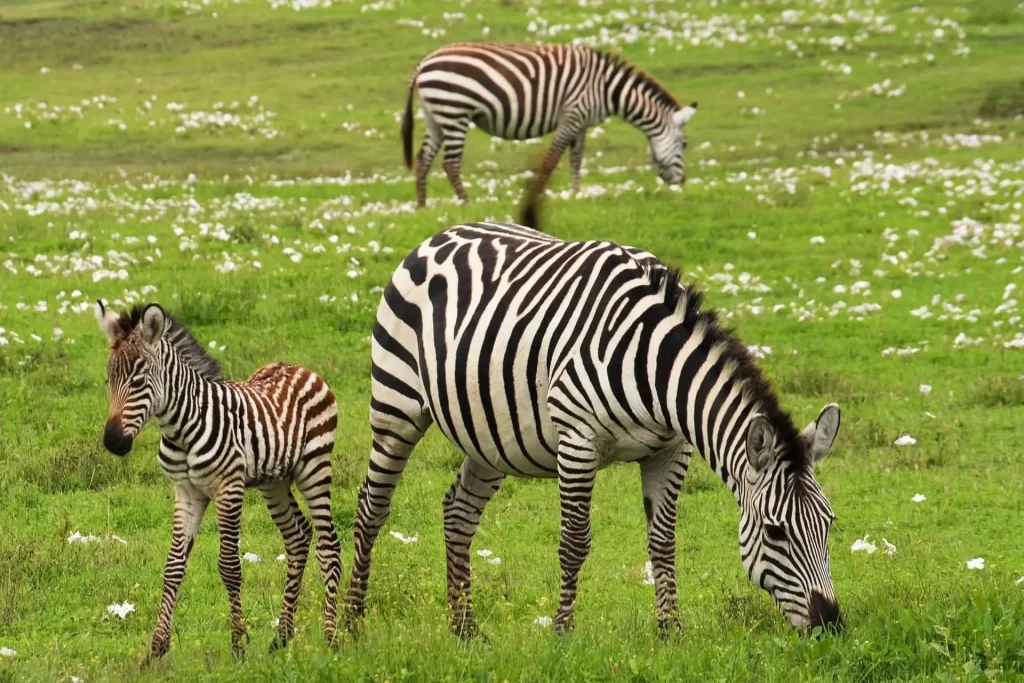
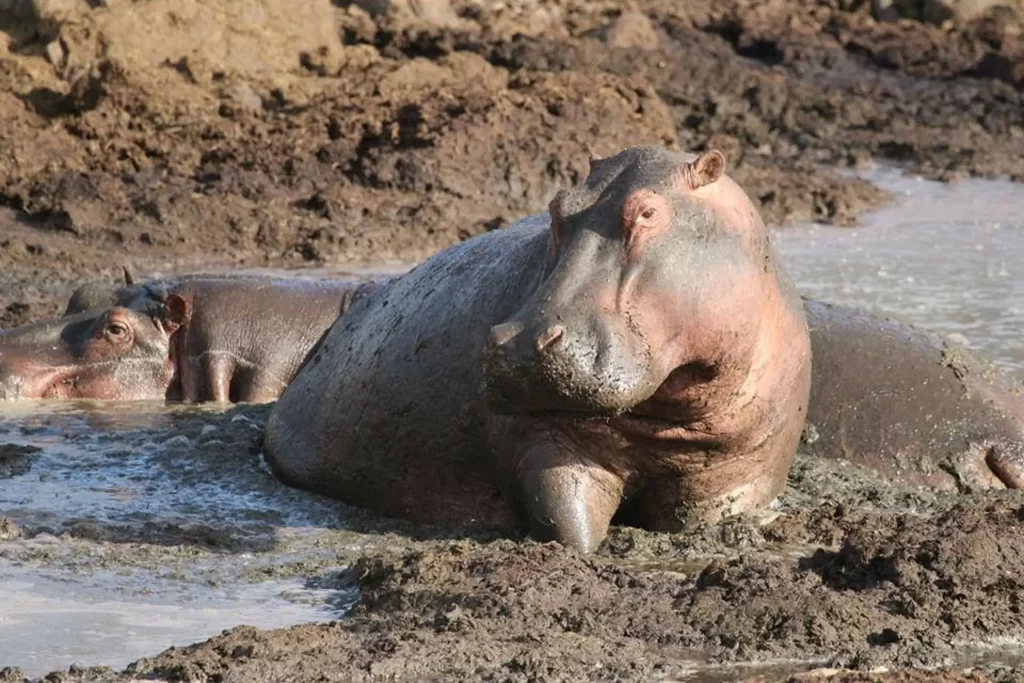
Stone Town, Zanzibar: A Melting Pot of Cultures
Fly or ferry to Zanzibar Island and explore Stone Town, another UNESCO World Heritage Site known for its winding alleys and rich history influenced by Arab, Persian, Indian, and European cultures.
Visit the House of Wonders (Beit el-Ajaib) and the Old Fort to understand Zanzibar’s role in trade networks across the Indian Ocean.
Arusha: The Cradle of Humanity
Visit Arusha National Park where you can see some of Tanzania’s stunning landscapes while learning about early human history at nearby archaeological sites like Olduvai Gorge.
Engage with local historians who will share insights into Tanzania’s ancient civilizations.
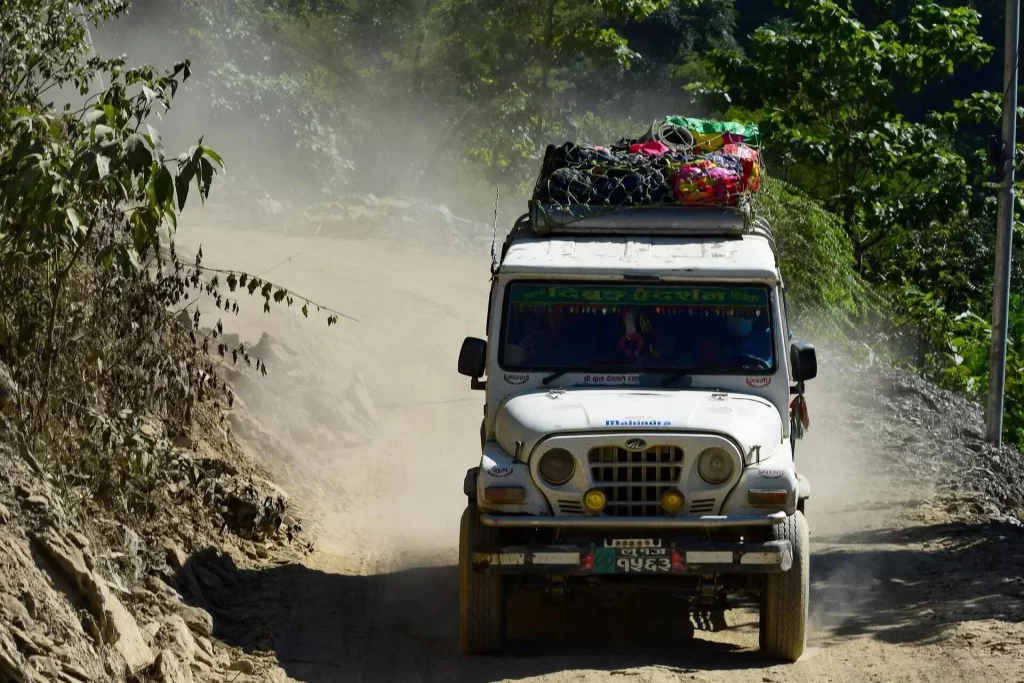

Ngorongoro Crater: A Natural Wonder with Historical Significance
Explore Ngorongoro Crater not only for its breathtaking scenery but also for its significance as a site where early hominids lived millions of years ago.
Participate in guided tours focusing on both wildlife conservation efforts and archaeological findings that highlight human evolution.
The Maasai Culture Experience
Journey into Maasai territory where you will have an opportunity to engage with one of Africa’s most iconic tribes. Participate in traditional dances, learn about their customs, and enjoy a meal prepared by local families.
Understand their pastoral lifestyle and how they coexist with wildlife in their natural habitat.
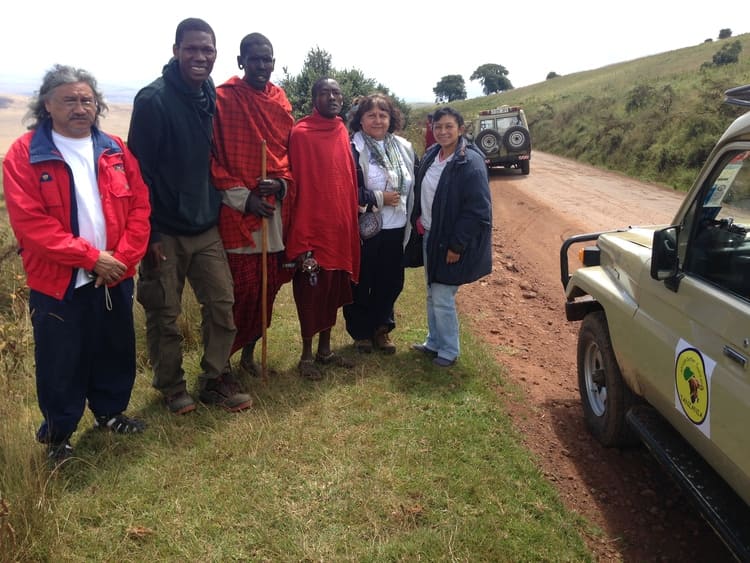
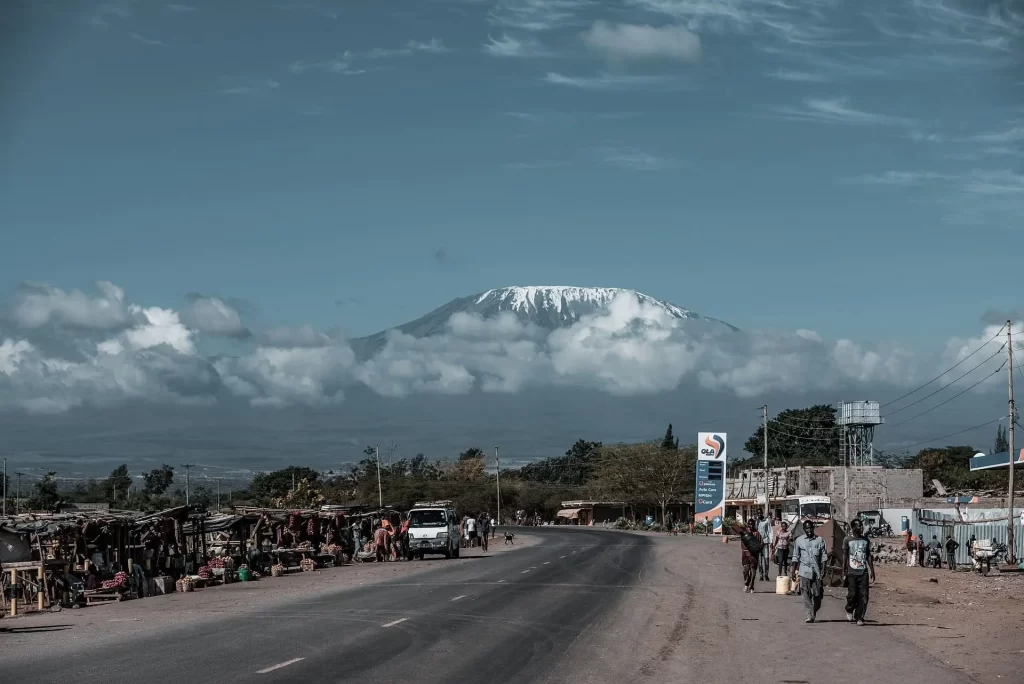
Cultural Engagement Activities
Attend workshops led by local artisans specializing in traditional crafts such as beadwork or wood carving.
Enjoy cooking classes featuring Tanzanian cuisine where you’ll learn how to prepare dishes using locally sourced ingredients.
Participate in community service projects that support local schools or health initiatives.
